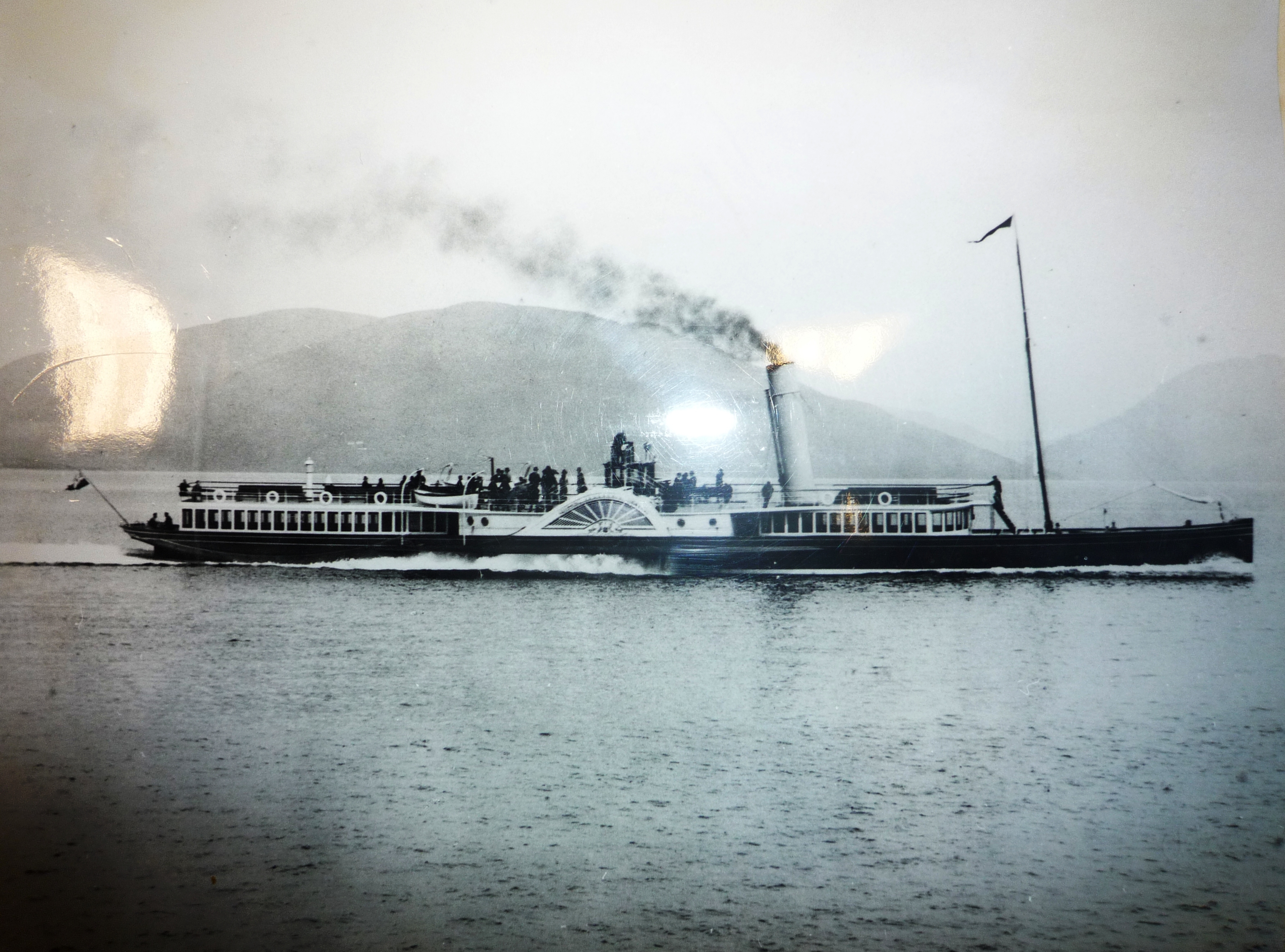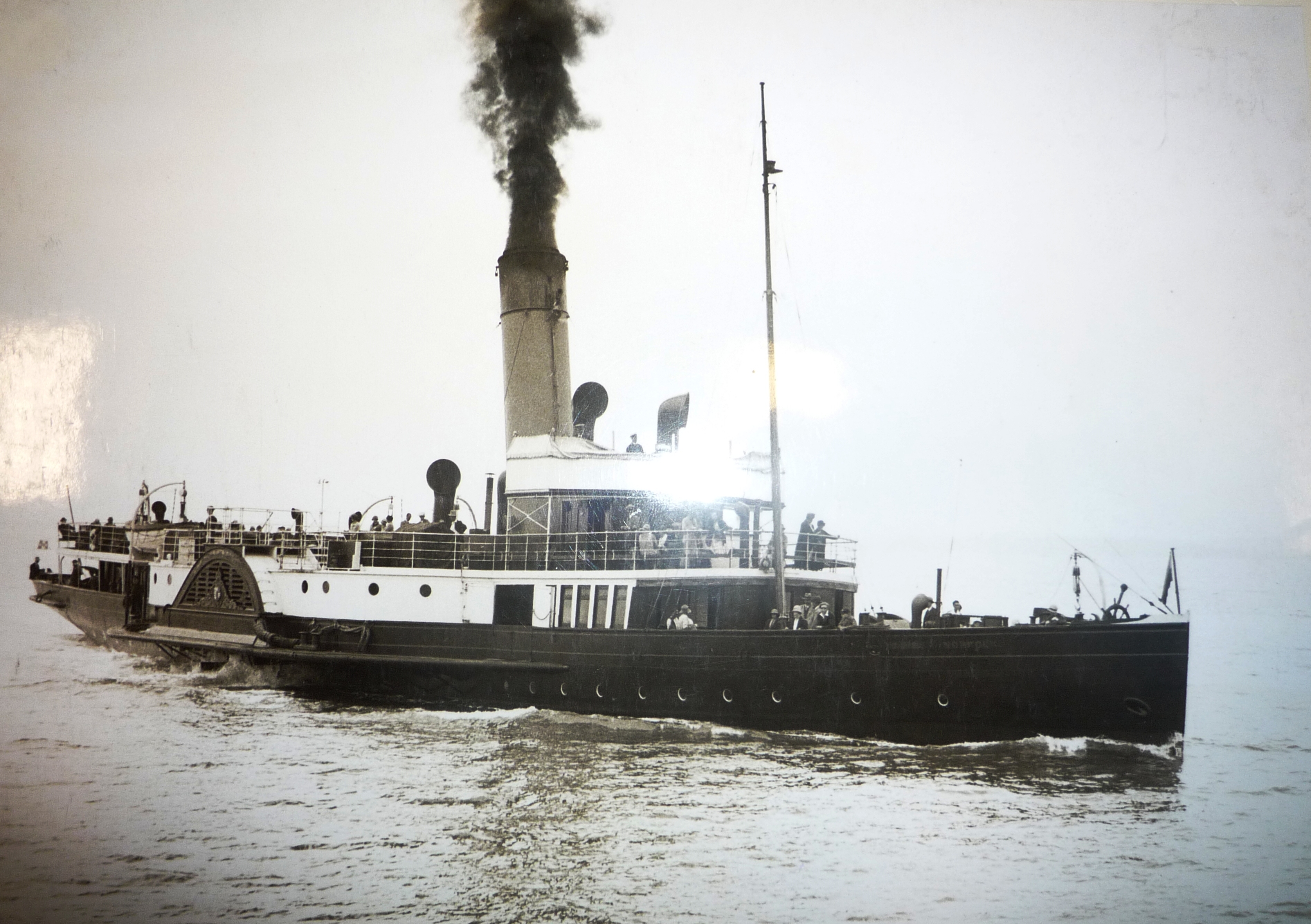Of all the tasks carried out by railway owned ships minesweeping was the most vital; it was tedious, it was relentless but most of all it was extremely dangerous and it had to be done every single day without fail, regardless of weather.
Even before the outset of World War One it was realised by all the powers that none had a navy large enough to maintain an effective campaign of marine blockade and that mine warfare would play an important role in any conflict. It was illegal to mine the national waters of neutral powers or international waters, so mines were laid off enemy ports in an attempt to prevent ships accessing their facilities thus starving them of necessary materials needed to continue to fight. No ship could leave port until the mine sweepers had done their job and declared it safe.
It should be remembered that mine fields were also created as defences against enemy actions. Amongst the ships taken up from the railway companies were ten steamships which were converted for use as minelayers, (one from the LB&SCR, three from the SE&CR, two from the GER and four from the GWR), their job being to help sow the defensive minefields off the British coast.

To meet the demands being placed upon it the Royal Navy needed to boost its anti mine warfare fleet. The Navy had experience in using both trawlers and paddle steamers in this capacity so it was hardly surprising that they should seek to requisition similar vessels. The Scottish railway companies operated by far the greatest number of paddle steamers in railway ownership so it is unsurprising that they would provide the greater number of vessels; the NBR provided ten, the GSWR and the CR each provided eight, of the English fleet four came the LSWR and two came from the Furness. Paddle steamers were a preferred form of vessel due to their shallow draught, manoeuvrability and relatively high speed. The majority of these vessels were based at naval stations along the South and East coasts – foreign waters to all but the Isle of Wight ferries.

The ships were manned by their own crews supplemented by few Royal Navy personnel, the latter were there to train and supervise their civilian shipmates. Unlike the trawlers, the paddle steamers tended to work in pairs, a serrated wire sweep was run between them. The sweep was dragged along the seabed and the serrated wire would cut the mine tethers causing them to rise to the surface to be disposed of by rifle fire. By working together the paddle steamers could clear a wider channel than the stern sweeping trawlers. It was also found that by using an otter board (a device used by trawler men to keep their nets open) that the length of the sweep could be increased and that they had more control over the depth at which it could operate, reducing the chances of the sweep catching on submerged obstructions and further widening the swept channel[1].
By 1915 the railway steamships that had been converted for mine laying had joined their colleagues in the mine sweeping fleet but, unlike the paddle steamers which mostly operated in home waters, these vessels largely operated in foreign seas particularly in the eastern Mediterranean.
Despite the dangers they faced only five of the railway ships assigned to minesweeping were lost to mines, another two were torpedoed and a further two sank due to collision with another vessel.
[1] Information on minesweeping methodology www.mcdoa.org.uk accessed 13th March 2014
Very interesting. I’ve just come across my grandfather’s discharge certificate, dated 22nd of September 1929.
He was on the Duchess of Norfolk. 131.994 Portsmouth.